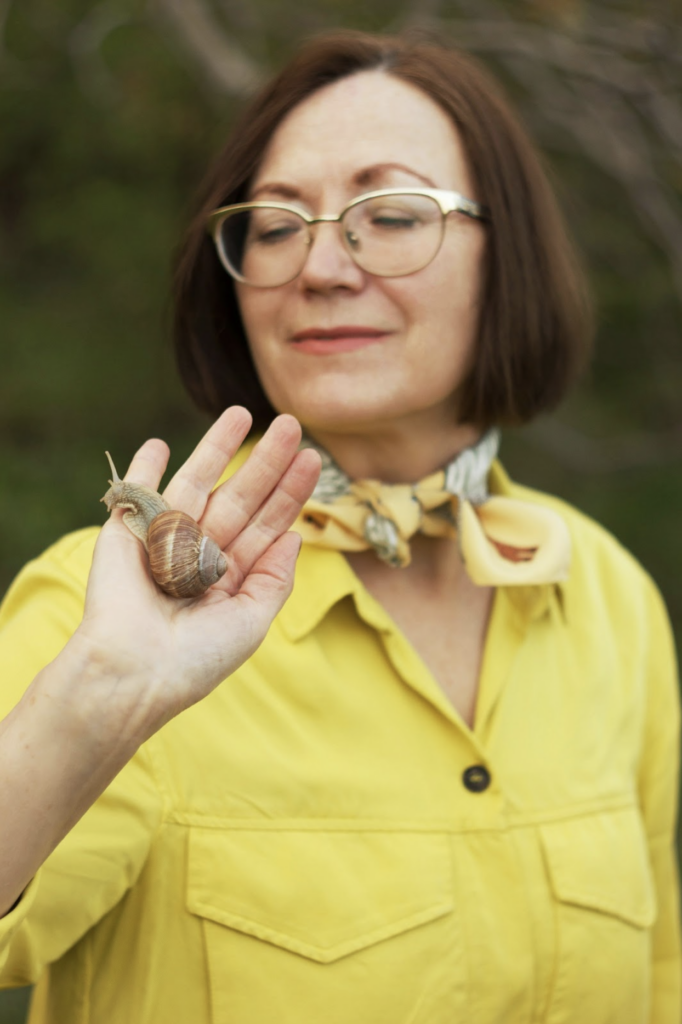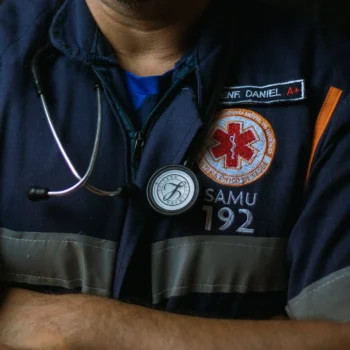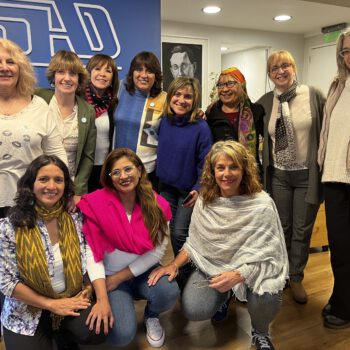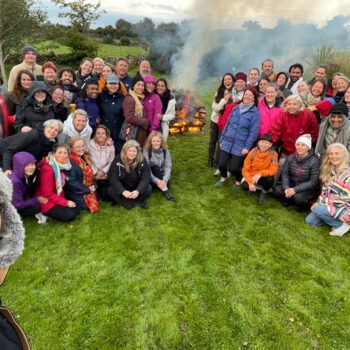David sat across from me in the comfortably lit therapy room, his shoulders hunched and a frown etched deeply on his face. He had come to me seeking help with his persistent financial struggles, but it soon became clear that his challenges were rooted in a belief far more insidious than mere budgeting woes.
Beliefs shape our perceptions and guide our actions, yet they are often based on past experiences, cultural conditioning, and unexamined assumptions. When we identify rigidly with our beliefs, we may become closed-minded, defensive, or resistant to new ideas. Cultivating the capacity to witness our beliefs involves questioning their origins, validity, and relevance to our current context, and a willingness to challenge them at times.
Engaging in reflective practices such as contemplation, participating in conversations with diverse perspectives, and reading thought-provoking literature, can help us examine our beliefs more objectively. By observing our beliefs without becoming entangled in them, we can remain open to growth and change. This openness allows us to adapt and evolve, fostering a more flexible and adaptable mindset.
To go even deeper, one can bring in the somatic practice of examining the physical sensations associated with our beliefs, deepening our understanding of our body-mind connection in relation to them. I will demonstrate how this can look by continuing David’s story.
“Every time I start to make some progress,” David sighed, “I sabotage myself. It’s like I don’t want to succeed.”
I nodded, encouraging him to continue. “Can you tell me more about that?”
David hesitated, then his words tumbled out in a rush. “I just can’t shake this feeling that wealthy people are evil. I grew up hearing my parents say that rich people only get that way by exploiting others. It’s like, in my mind, having money means being a bad person.”
We explored this belief together, tracing its origins to his childhood. David recounted how his parents had struggled to make ends meet, often blaming their hardships on the wealthy. These narratives had shaped his worldview, planting the seed of a limiting belief that now choked his potential for success.

“David,” I said gently, “it’s important to recognize that not all wealthy people fit the stereotype your parents described. Wealth, like any other tool, can be used for good or ill. The character of a person isn’t determined by their bank balance.”
We decided to somatically examine David’s belief using a step-by-step guide to understand its emotional and physical impacts.
Firstly, we identified the belief: David wrote down, “I believe wealthy people are evil.”
David began our exploration with a brief mindfulness exercise, taking deep, slow breaths to center himself and to become more present. I invited him to bring the belief to mind. He silently repeated the belief and focused on any immediate reactions or feelings.
David conducted a body scan, noticing areas of tension, particularly in his chest and shoulders. I encouraged him to focus on the sensations; he described them as heavy and constricting. I invited him to breathe into the sensations. David imagined directing his breath to these areas, visualizing the sensations softening with each exhale.
We began exploring what was present with curiosity. He acknowledged feelings of anxiety and sadness accompanying the physical sensations. We made space for that: I encouraged him to breathe ‘space’ into each sensation, allowing them to be there for as long they were present, as if he were sitting with old friends.
We reflected on the origins of his belief, recalling his parents’ struggles and teachings. I remind clients that our families of origin are our first socializers, meaning, we learn how to be in the world from them, we learn our perceptions and beliefs from the views and interpretations of our families. We then internalize these messages as our own beliefs.
Over the next few sessions we returned to working with these sensations that were now fully in his awareness. David gently challenged his belief by considering, “Wealthy people can use their resources for good.” And “I can be a wealthy person who uses his resources for good”. He observed a slight loosening in his chest as he embraced this new perspective. This reframing resulted in a shift in his felt sense of money, finances and wealth. David sensed less constriction in his body over time regarding wealth and his relationship to it.
At the end of each session, David spent a few moments integrating his insights, acknowledging how the belief affected him somatically and emotionally. Finally, he practiced self-compassion, understanding that shifting deeply ingrained beliefs takes time. Compassion involves also acknowledging that our predecessors do the best with the tools they have; if their ancestors had limiting beliefs about wealth then that is what is typically passed down generationally, until a new belief is examined and internalized.
One day, David walked into my office with a newfound sense of confidence. “I’ve been applying for jobs that I would have never considered before,” he said, “jobs where I can actually make a difference and earn a good salary.”
Over time, David’s belief transformed. He no longer saw wealth as a sign of evil but as an opportunity for positive change. As his sense of wealth shifted, so did his feelings and actions, and soon he secured a position that aligned with his values and financial goals.
Months later, David sat across from me again, this time with a broad smile. “I never thought I’d say this,” he said, “but I’m actually looking forward to building my future. I feel like a weight has been lifted since I have reframed my beliefs about money”.
David’s journey was a powerful reminder of the profound impact our beliefs have on our lives. By challenging and reshaping his limiting belief, he unlocked his potential and embraced a brighter, more fulfilling future. Witnessing our somatic experiences, emotions, and beliefs without identifying with them nurtures inner peace and openness. Through this practice, we learn to honor our experiences without being defined by them, potentially unlocking a profound sense of freedom and well-being both in our bodies and in our lives.




Comments are closed.